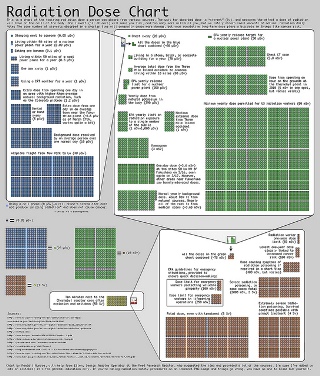 Equipment that can detect nuclear and other radioactive materials will be formally inaugurated on Sept 13 at the International Container Terminal Services, Inc.’s Manila International Container Terminal and Asian Terminal Inc’s South Harbor, the US Embassy said over the weekend.
Equipment that can detect nuclear and other radioactive materials will be formally inaugurated on Sept 13 at the International Container Terminal Services, Inc.’s Manila International Container Terminal and Asian Terminal Inc’s South Harbor, the US Embassy said over the weekend.
“The equipment is designed to further increase security measures at the Port of Manila, the country’s premier trade gateway,” the embassy said in a media advisory.
It will “help deter, detect, and interdict illicit shipments of nuclear and other radioactive materials that might pass through international gateways such as seaports,” the embassy added.
The equipment is part of the US Megaports Initiative which, according to the website of the US National Nuclear Security Administration, works “with foreign customs, port authorities, port operators, and/or other relevant entities in partner countries to systematically enhance detection capabilities for special nuclear and other radioactive materials in containerized cargo transiting the global maritime shipping network.
“In support of this mission, the Megaports Initiative helps partner countries equip major international seaports with radiation detection equipment and alarm communication systems. In addition, the Megaports Initiative provides comprehensive training for foreign personnel, short-term maintenance coverage, and technical support to ensure the long-term sustainment and viability of installed radiation detection systems.”
The Megaports Initiative seeks to equip 100 seaports with radiation detection systems by 2015, scanning approximately 50% of global maritime containerized cargo.
The US contributed $26 million for the setup of the Megaports Initiative facility in the Philippines.
Tomorrow’s inauguration ceremony will be attended by US Ambassador to the Philippines Harry K. Thomas, Jr and Science and Technology Secretary Mario Montejo.
The US Department of Energy has so far deployed radiation detection equipment in 38 major seaports worldwide.
Photo by Exercise Tradewinds 2009





